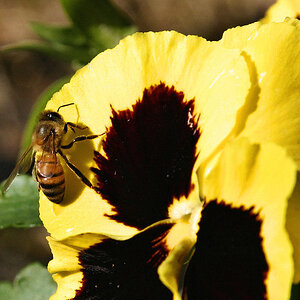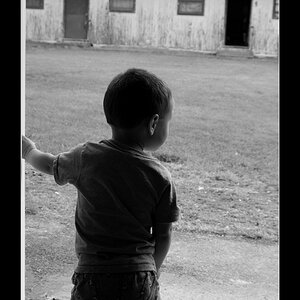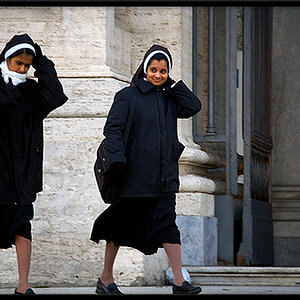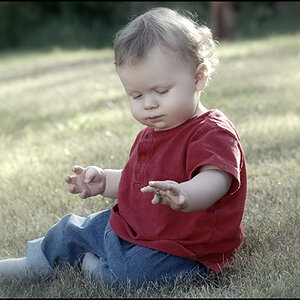Braineack
Been spending a lot of time on here!
- Joined
- Jun 17, 2013
- Messages
- 13,214
- Reaction score
- 5,613
- Location
- NoVA
- Can others edit my Photos
- Photos OK to edit
I've also learned that if you don't properly expose images, and use the DynamicRange to pull exposures up, you can introduce noise. So it's better to get the exposure correct in camera, rather than pull it out in post.
Pretty certain if you shoot at 100 ISO and underexposed the shot by 5EV, and then recover in post, there would really be no difference, IQ wise, if you had shot it the same at 1600 in the first place.
go test it sometime.
When/if we ever get intelligent auto-ISO that doesn't crank up to maximum in dim light when you are using flash I might use auto but for the time being since auto-ISO is so dumb I'll stick with the manual ISO mode.
Auto-ISO with flash is balancing the ambient and flash exposure by jacking up the ISO. With TTL and based on your metering, without a high ISO you probably won't have enough flash power to fully light the entire room and subjects, so it brings up the ISO so the room lights come into play with the exposure. otherwise with a low ISO the flash will be unable to get a good exposure on both the subject and background to make your meter happy. Or you just deal with the dark background in shots and bright subjects. or drag the shutter and get cool light trails. This also keeps the flash power in check so you're not dumping full power blasts and depleating the battery fast.
One way around this is to use more than one tiny little light to light up an entire room and subjects.


 Yep, at least on a Nikon 610.
Yep, at least on a Nikon 610.

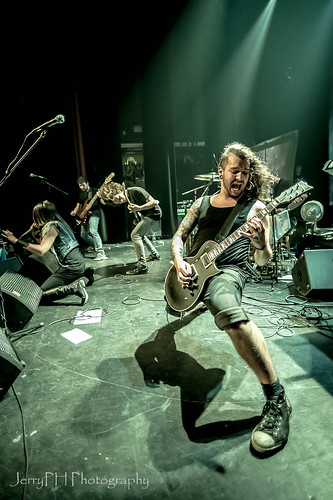
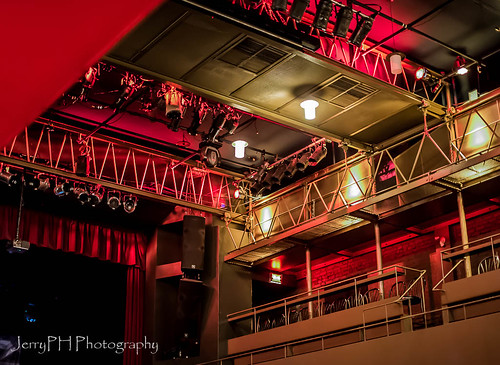
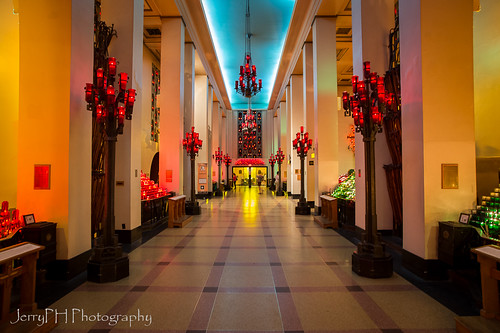
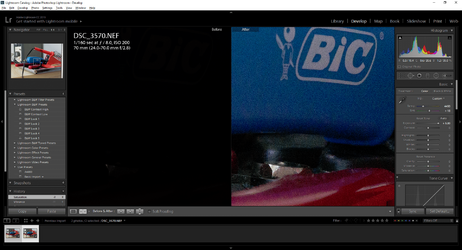
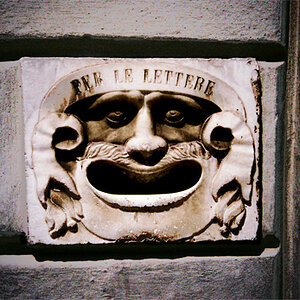
![[No title]](/data/xfmg/thumbnail/32/32004-4455324f0b4b5cc318dd35877147ac47.jpg?1619735148)
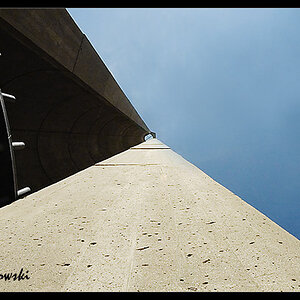
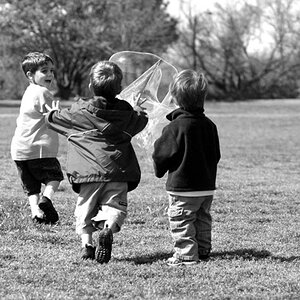
![[No title]](/data/xfmg/thumbnail/34/34118-1c18899050bfacc1ed25ac6c1740422b.jpg?1619736288)
![[No title]](/data/xfmg/thumbnail/40/40294-85063966547e41d91fa4fcc007f0896c.jpg?1619739410)
![[No title]](/data/xfmg/thumbnail/31/31095-2b52a6dcc956382cffdd384ae4d156f2.jpg?1619734612)
![[No title]](/data/xfmg/thumbnail/34/34114-dd12be026979ccd4182c5f478bd91448.jpg?1619736284)
